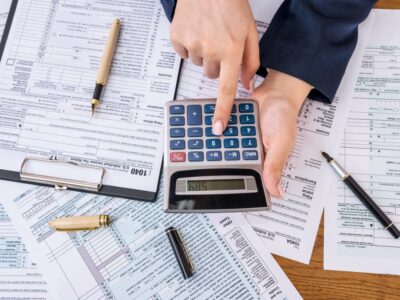
There are also considerations to a company’s outstanding shares if they’re blue chips. Instead, the weighted average incorporates changes in the number of outstanding shares over a certain period of time. The balance sheet is a financial statement issued by the company that provides a full accounting of the company’s assets, liabilities, and shareholder’s equity at a particular moment in time. In other words, the balance sheet is a snapshot of what a company owns, what it owes, and the total amount that has been invested by shareholders. Issued shares are those that are purchased, granted, or issued in exchange for services, intellectual property, or cash. As indicated by the name, issued shares are included within the definition of issued and outstanding shares.

Fully Diluted Shares Outstanding
- This number represents the total authorized, issued and purchased shares that are currently in circulation.
- These are financial instruments that provide companies with a source of external equity finance.
- You can also find the company’s balance sheet in its annual report, which can often be found on the company’s website.
- Shares outstanding represents the total number of a company’s shares that is in circulation.
- Outstanding shares are those owned by stockholders, company officials, and investors in the public domain, including retail investors, institutional investors, and insiders.
- The calculation of diluted shares can affect earnings per share (EPS), a crucial financial indicator used to evaluate a company’s profitability.
Founded in 1993, The Motley Fool is a financial services company dedicated to making the world smarter, happier, and richer. This $8.00 EPS is referred to as “basic” because the total is not adjusted for dilution. Adam Hayes, Ph.D., CFA, is a financial writer with 15+ years Wall Street experience as a derivatives trader. Besides his extensive derivative trading shares outstanding formula expertise, Adam is an expert in economics and behavioral finance. Adam received his master’s in economics from The New School for Social Research and his Ph.D. from the University of Wisconsin-Madison in sociology.
The Treasury Stock Method Outstanding Shares Formula
The life of common stock goes through a few phases, and understanding each step is important for putting the common-stock-outstanding number into proper perspective. Let us understand the different types of outstanding shares equation through the explanation below. Suppose that Company XYZ Corporation has 500,000 shares at the beginning of its fiscal year. At the beginning of the second quarter, debenture holders of the company decided to convert their holdings into equity shares totaling 100,000 shares. At the beginning of the fourth quarter, the company buys back 50,000 shares with its cash surplus. Floating stock, which is also known as a company’s float, refers to the number of shares a company actually has available to trade in the open market.
Authorized vs. Issued and Outstanding Shares
Here’s what you need to know about the different share counts that publicly traded companies use, as well as how you can calculate the number of outstanding common shares. Outstanding shares equation differ from issued (Authorized) as authorized shares are the number of shares a corporation is legally allowed to issue. In contrast, outstanding stocks are the ones already issued in the market. On the other hand, while calculating the dilutive EPS, the denominator includes all possible conversions that can take place and increase the number of shares held by parties.

Everything You Need To Master Financial Modeling

The individual shareholders’ percentage holding in the company’s equity shares will come Bookstime down to .8% from the earlier tally of 1%. Companies provide their employees with the stock option, which acts as compensation. Once converted, they will dilute the existing shareholding pattern by reducing the percentage hold before diluting the Convertible stock options.

Afterward, if they need another cash injection, they may decide to issue more shares via a QuickBooks rights issue. These are the number of shares in the market that are available for purchase by investors but do not include shares the company holds in its treasury. Issued shares can be contrasted with unissued ones, which have been authorized for future offerings but have not yet been issued.
- Before their availability on the secondary market, shares are authorized, issued, and, finally, purchased by investors who became equity owners or shareholders of the issuing company.
- Whenever a company activates warrants, there will be an increase in outstanding stocks while the number of treasury stocks decreases.
- These instruments include stock options, stock warrants, and convertible debt.
- They also do not include preferred shares, which are stocks that do not carry shareholder voting rights, but do give their owners some ownership rights and pay a fixed dividend.
- Investors use this data to calculate financial ratios, assess ownership structures, and make informed investment decisions.
- Shares outstanding are used to determine a company’s market capitalization, i.e. the total value of a company’s equity, or equity value.
- Treasury shares plus outstanding shares together form the total number of issued shares.
Reverse Split

An additional metric used alongside shares outstanding is a company’s “float,” which refers to the shares available for investors to buy and sell on the open market. The term shares outstanding is defined as the total number of shares a company has issued to date, after subtracting the number of shares repurchased. Certain Bonds are convertible bonds, though most bonds are non-convertible bonds.

